NASA’s administrator, Jim Bridenstine, says India’s satellite shattered into pieces of debris that pose an “unacceptable” threat to ISS astronauts.



What happens when Earth’s resources run out? Well, if science fiction has taught us anything, it’s that humanity will seek a new and habitable planet somewhere in the cosmos on which to keep the species going in perpetuity. When that day comes, we’ll need a viable way to procreate and deliver children in the vastness of outer space.
Enter SpaceLife Origin, a one-of-a-kind tech company that is seeking to make it possible for humans to give birth in the vacuum of space by 2024, a goal titled “Mission Cradle.” While that is its ultimate goal, SpaceLife is also striving to become the first company to “safe-guard human ‘Seeds-of-Life’ in space [Mission Ark] by 2020 [and] make embryo conception in space feasible [Mission Lotus] by 2021,” according to its official website.
The gallery below offers a glimpse at the patent-pending “Ark” designs. Vials of human DNA will be protected within the radiation-shielded spheres that are to be kept on Earth and satellites surrounding the planet. SpaceLife Origin describes this as an insurance policy for the continuation of mankind in case a catastrophe hits and we need to leave in a hurry.
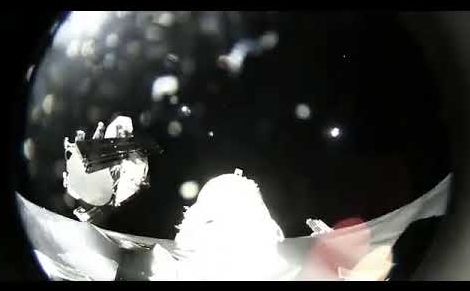
In an electronic filing with the Federal Communications Commission (FCC), SpaceX has demonstrated a higher than necessary safety for their Starlink constellation satellites in terms of collision risk with other objects in orbit in the scenario that a Starlink satellite becomes uncontrollable after launch.
The filing, in response to FCC questions, reveals SpaceX’s upcoming space-based internet project carries a collision risk 2.1 times less likely than the accepted NASA standard.
The filing occurred on 13 March 2019 in response to a series of FCC follow-up questions from previous approvals and relates to SpaceX’s upcoming deployment of the first batch of Starlink satellites into an initial operational orbit of 550 km.
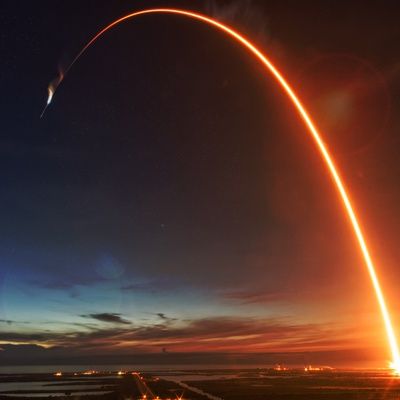
Defense officials have asked for $304 million to fund research into space-based lasers, particle beams, and other new forms of missile defense next year.
Defense officials want to test a neutral particle-beam in orbit in fiscal 2023 as part of a ramped-up effort to explore various types of space-based weaponry. They’ve asked for $304 million in the 2020 budget to develop such beams, more powerful lasers, and other new tech for next-generation missile defense. Such weapons are needed, they say, to counter new missiles from China, Russia, North Korea and Iran. But just figuring out what might work is a difficult technical challenge.
So the Pentagon is undertaking two studies. The first is a $15 million exploration of whether satellites outfitted with lasers might be able to disable enemy missiles coming off the launch pad. Defense officials have said previously that these lasers would need to be in the megawatt class. They expect to finish the study within six months.
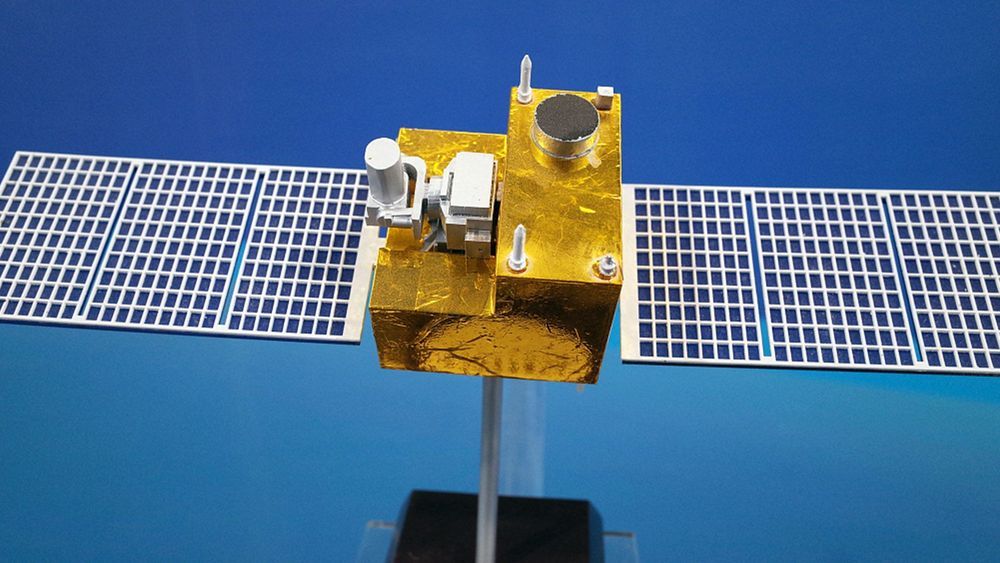
China plans to develop a medium-high-earth-orbit quantum communication satellite able to provide services around the clock in the next few years, Pan Jianwei, member of the 13th National Committee of the Chinese People’s Political Consultative Conference (CPPCC), told CGTN at the press conference for the second session of the 13th CPPCC National Committee on Sunday.
When asked about the future plan for quantum communication technology, Pan said his team is planning to design a new one to supplement the Mozi satellite, which can only function at night due to interference from the sun.
The nation launched its first quantum satellite in 2016. As the world’s first quantum communication satellite, Mozi is expected to provide a technical foundation for China to build a self-developed ultra-secure communication system.
Flooding on the Russian River: Another atmospheric river brought soaking rain to an area that was already saturated, leading to near-historic river crests in Sonoma County, California. NASA Earth satellites saw the flood waters: https://go.nasa.gov/2IWVIZT

Welcome to the sixth edition of our new newsletter, DeepSpace! Each Tuesday, I’ll be taking a deep-dive into the most exciting developments in commercial space, from satellites and rockets to everything in between. If you’d like to receive DeepSpace and all of our newsletters and membership benefits, you can become a member for as little as $3/month here. Just […].
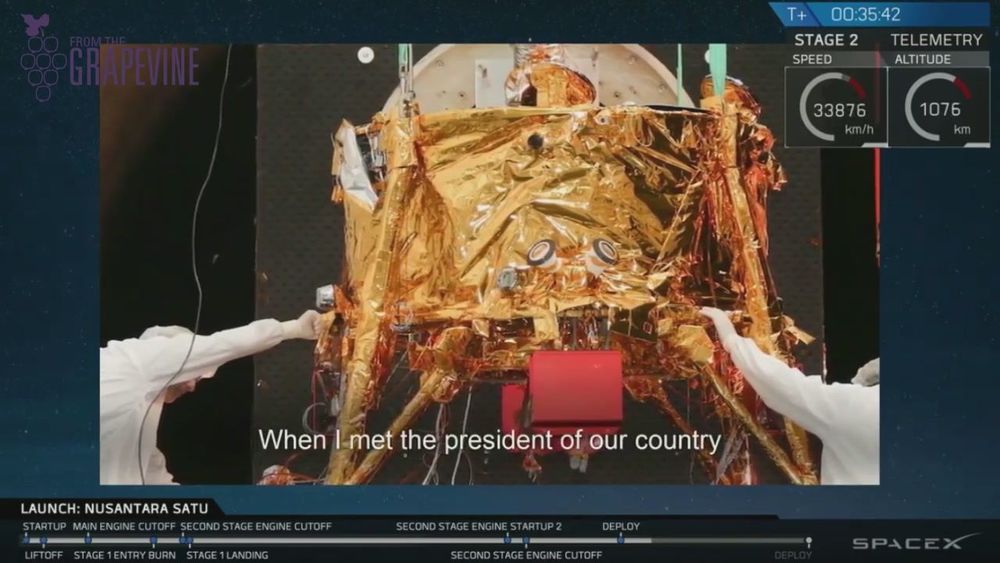
ISRAEL MOON LAUNCH LIVE: Watch as SpaceIL makes history by launching its Beresheet spacecraft to land on the moon. The SpaceX rocket will carry two other satellites as well. #IsraelToTheMoon
STORY: https://bit.ly/2X7rgPP
CREDIT: SpaceX

WASHINGTON — A new U.S. intelligence report warns that both China and Russia are investing in weapons that could attack U.S. satellites and assets in space, and that both nations are now preparing to use space as a battlefield.
Last month, the Defense Intelligence Agency released a report about China’s military capabilities, warning that the Asian country was making advances in counterspace technology that could threaten U.S. satellites responsible for communications, reconnaissance, GPS and early warnings of missile launches.
But a new DIA report, “Challenges to Security in Space,” warns that both China and Russia are making advances in space technology, and that both are likely to turn to space early on in any major military conflict to cripple their adversaries.
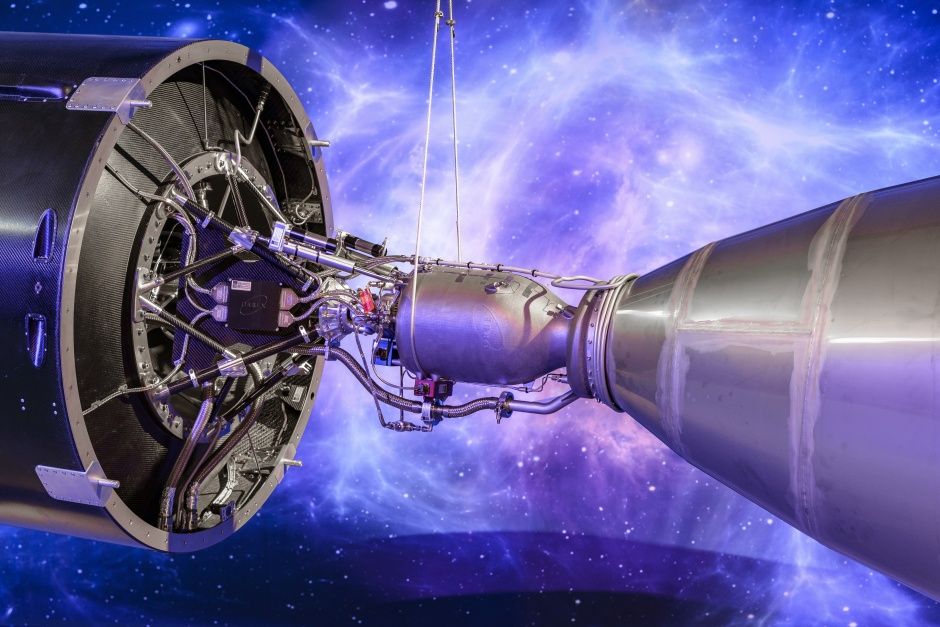
Scottish space firm Orbex has unveiled an engineering prototype of a rocket that’s at the heart of plans to develop a UK satellite launch capability.
The company, which is involved in plans to develop the UK’s first spaceport in Sutherland, Scotland unveiled the rocket at the opening of its new headquarters and rocket design facility in Forres in the Scottish Highlands.
Designed to deliver small satellites into Earth’s orbit, Orbex Prime is a two-stage rocket that’s claimed to be up to 30% lighter and 20% more efficient than any other vehicle in the small launcher category. It is also the first commercial rocket engine designed to work with bio-propane, a clean-burning, renewable fuel source that cuts carbon emissions by 90% compared to fossil hydrocarbon fuels.